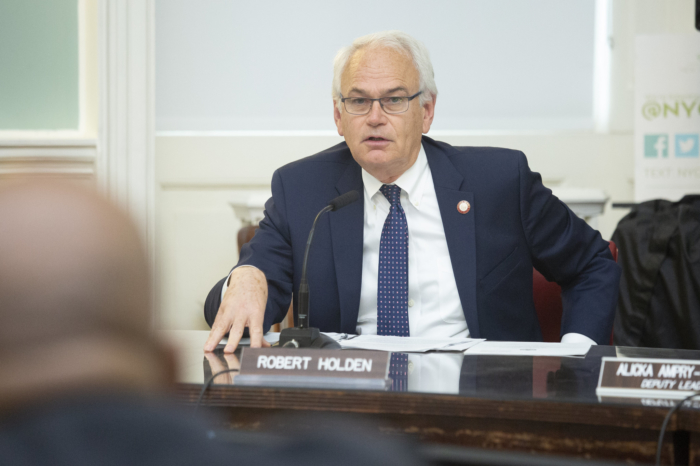By Bob Harris
A 19-page booklet called PlaNYC was issued in 2006 by the mayor’s Sustainable Advisory Board as a special supplement from the city. Its purpose was to alert people to the needs of 2030. It warned that by 2015 our temperatures will have risen by half a degree and that by 2020 half of our power plants will be more than 50 years old.
The booklet talked about the more than 1 million additional people who will be here in 2030; improving our infrastructure, environment, air quality and travel times; creating more housing units; modernizing our power plants; and fixing sewage plants.
On Pages 13-14 is a full picture of water flooding a street in Brooklyn with the following description: “Rising sea levels and stronger storms will be just one way New Yorkers experience the effects of global warming. We must conserve our city’s resources and do our part to fight global warming.”
In the past six years, the city has done a number of things to make our city green. Solar panels are being use more, roofs have been painted white to reflect the sun’s heat and gardens have been planted on specially designed roofs.
Was Hurricane Sandy a wake-up call? In the last few years, storms caused some flooding, but we did nothing. A few years ago, I watched water running a foot deep down Union Turnpike after a heavy rain. Well, Sandy destroyed hundreds of houses because they were built in Flood Zone A. We have maps of New York City which designate the areas most likely to flood due to various category storms. We have finally seen what happens when storm water rises too much.
We have this exotic notion that it is nice to live next to the ocean. In this country, the middle class or wealthy build houses along the water but in Asia, where monsoons and flooding are a real annual danger, the wealthy build on high river banks or in the hills and the poor build wooden houses along the water and are subject to flooding.
A cousin lives in New Port Richie, Fla., on the bay. His ground floor has nothing but a car port and some lawn furniture. His kitchen and living room are high on the second floor. In Asia and the South Pacific, the houses along the water are built on stilts high above the water for a reason.
For centuries people in the Midwest built houses along rivers. When the rivers flooded they rebuilt except for the smart people who built houses high on bluffs. The U.S. Army Corps of Engineers built levies and gave people flood insurance, but several years ago after innumerable floods they started forcing people to move inland.
When I traveled on a barge hotel on the Mississippi and Ohio rivers, I saw only farmland along the river and almost no houses. There were factories and industrial and coal storage sites which could easily be cleaned up and dried after the river foods retreated.
Notice that many houses on our barrier islands on Long Island had their ground floors flooded. Perhaps they could rebuild if the ground floor is left empty except for some lawn furniture. We have to rebuild in Lower Manhattan with the generators and electric boards on the second or third floors. This may hold us for 30 or 40 years until the water gets too deep.
Now I see articles about giant balloons being tested to be deployed at the mouths of our tunnels to prevent flooding. There is talk of giant gates under the Verrazano-Narrows Bridge to close if a storm causes a rise in the waters.
London has flood gates on the Thames River. Holland has dikes and flood gates. There is talk of burying power lines, but will that protect them against saltwater? I guess after the next big storm we will finally do things, or have we had enough of a warning to do something now?
































